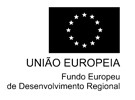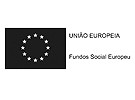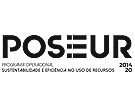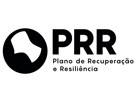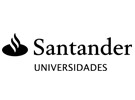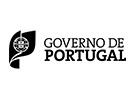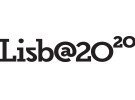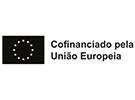


6 ECTS; 1º Ano, Anual, 52,0 TP , Cód. 20213.
Lecturer
- Ana Paula Gerardo Machado (1)
(1) Docente Responsável
(2) Docente que lecciona
Prerequisites
Not applicable
Objectives
-Recognize the relevant scientific terms used in the various stages of risk assessment;
- Identify risk areas worldwide and fit them into the dynamics of the globe;
-Understand the risks associated with climate and climate changes;
- Understand geological hazards as violent destructive phenomena resulting from the actuation of geological processes over long periods of time;
- Know which natural disasters occur most frequently and their impact on society;
- Identify the triggering mechanisms of geological hazards;
- Understand the variability, intensity and magnitude of the various geological hazards;
- Identify mitigation measures for each of the geological risks;
- Understand how early warning systems work;
- Understand the effects of economic and social development on increasing overall risk;
- Recognize the importance of unit for society.
Program
I. Brief reference to climate and climate change. II. Geology and Geomorphology: concepts of risk, danger, vulnerability, mitigation. Description, analysis and assessment of different geological risks and impact on society. Relationship between building and geology and safety consequences. The exploitation of underground areas and the associated risk.III. Natural Risks and Impacts on Society. Hydrological risks. Extreme weather. Diseases (illness) and epidemics. Forest fires. Risk of extreme drought. Flood risks. Erosion and landslide risks. Risk monitoring and analysis. IV. Environmental Contamination and Safety and Health at Work: mining (landslides, leaching), aquifer contamination, health and safety risks, waste treatment methods and associated technologies.
Evaluation Methodology
Continuous assessment and exams through written test.
The attendance limitations of these students are taken into account and they are informed that they can request support outside the course hours (in office or by email).
Approval requires classification equal to or greater than 50% of the quotation in each module. Students who obtain a positive assessment of some modules, by frequency, are exempt from the examination of these modules. If they do not pass all the modules, they must take exams in the modules in which they did not obtain a positive evaluation. In these cases, the classification of the curricular unit will be on the exam agenda. In special seasons they will have to take tests for all modules.
The final classification results from the weighting according to the hours of each module. To pass the curricular unit, it is necessary that the weighted classification is equal to or greater than 9.5 out of 20.
Bibliography
- Bennett, M. e , P. (1997). Environmental Geology. Geology and the human environment. .: John Wiley & Sons
- Burden, F. e McKelvie , I. e Forstner , U. e Guenther , A. (2002). Environmental Monitoring Handbook . New York: McGRaw-Hill,
- Chiras , D. (2009). Environmental Science, . Sudbury, Massachusetts : Jones and Bartlett Publishers.(www.jbpub.com )
- F. G. , B. (1999). Geological Hazards: Their Assessment, Avoidance and Mitigation, , . .: Spon & Press
Teaching Method
The classes are expositive and interactive with projection of notes in Powerpoint format, available to students, and explanations with diagrams on the board. It uses the presentation and analysis of real cases and resolution of exercises. Students ar
Software used in class
Quantum GIS
VENSIN





